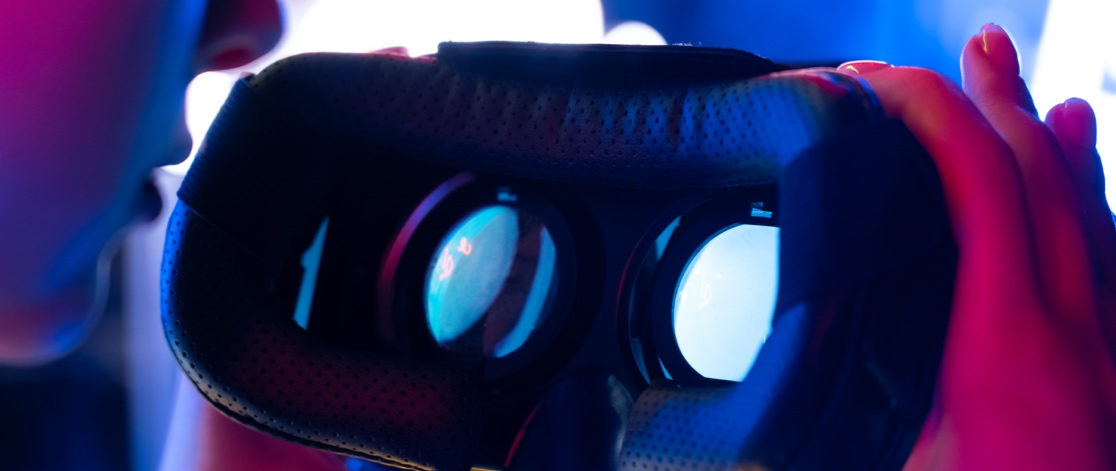INNOVATION
Blurred Realities: Understanding the Mixed Reality Spectrum
INNOVATION
Blurred Realities: Understanding the Mixed Reality Spectrum


Spatial Computing is an umbrella term for the more immersive kind of digital experiences within the digital world. Spatial Computing uses input from both the user and the environment that they are in. In order to do this, more intuitive interaction tools are required, especially in comparison to more traditional tools like a keyboard and mouse.
Virtual Reality
Virtual Reality is exactly that – virtual. By wearing a VR headset, you are immersed in an entirely digital world, completely separate from the physical environment that you are currently in.
Augmented Reality
Augmented Reality merely supplements the real world that you’re in. Think of apps like Pokemon Go and Snapchat that overlay filters onto the real world to augment what is seen on-screen versus what is there in reality.
Mixed Reality Spectrum
The best way to understand the range of technology used in spatial computing is to visualize how that technology functions on something called the virtuality continuum, as defined in a research paper by Paul Milgram and Fumio Kishino called “A Taxonomy of Mixed Reality Visual Displays.”
This virtuality continuum defines a spectrum, with the physical world on one side and the digital world on the other. Technology is placed upon it depending on how it interacts (or doesn’t) with the physical world and where it “places” the user. With that definition in mind, tech like Augmented Reality is placed on the side closest to the physical world because it takes the user’s environment and merely augments it. Virtual Reality is found on the opposite side, in the digital world. This is because the actual interaction of VR with the physical world of the user is non-existent due to its very nature of existing in a virtual reality.
So, Where Exactly Does Mixed Reality Fall on This Spectrum?
This may be a slightly misleading question. Mixed Reality (MR) essentially is the spectrum, as MR interacts with both the physical and digital worlds- hence the term, mixed reality.
How Exactly Does MR Interact with Both the Physical and Digital Worlds?
Basically, given that MR itself exists on a spectrum, its use of the physical and digital worlds can vary. What makes it different, however, is that although it has the ability to transport users to the virtual world, it also takes into account the physical environment that the user is currently in and uses that to create a digital experience. A common example of this is if a user has a desk in the room, the MR tech would take this into account. If there was something hidden under that desk, the user would have to physically look under that desk in the real world to be able to access whatever is hidden in the digital world.
Given that MR operates on that spectrum, the extent to which it actually transports users to the digital world or augments their physical environment will differ for different systems. It is predicted that headsets that can cover the entire spectrum will be a reality in the near future.
On the most basic of levels, those are the fundamental differences between VR, AR, and MR. Virtual Reality transports its users to the virtual world without consideration for their physical world. Augmented Reality only takes in the physical world to augment it for the user. Mixed Reality combines the functions of both VR and AR. At the same time, all of these fall under the overarching term of Spatial Computing, given that they enhance how users interact and receive data from their computational devices and make them more intuitive and natural to humans.
Want even more educational content?
Subscribe below to get timely content delivered to your inbox,
or fill out the form below to speak to a Peakster about your next project.

DIGITAL MARKETING
Top 10 Photos of Developers Staring At Screens

DIGITAL STRATEGY
5 Ways Retailers Can Make Influencer Marketing More Influential

ECOMMERCE